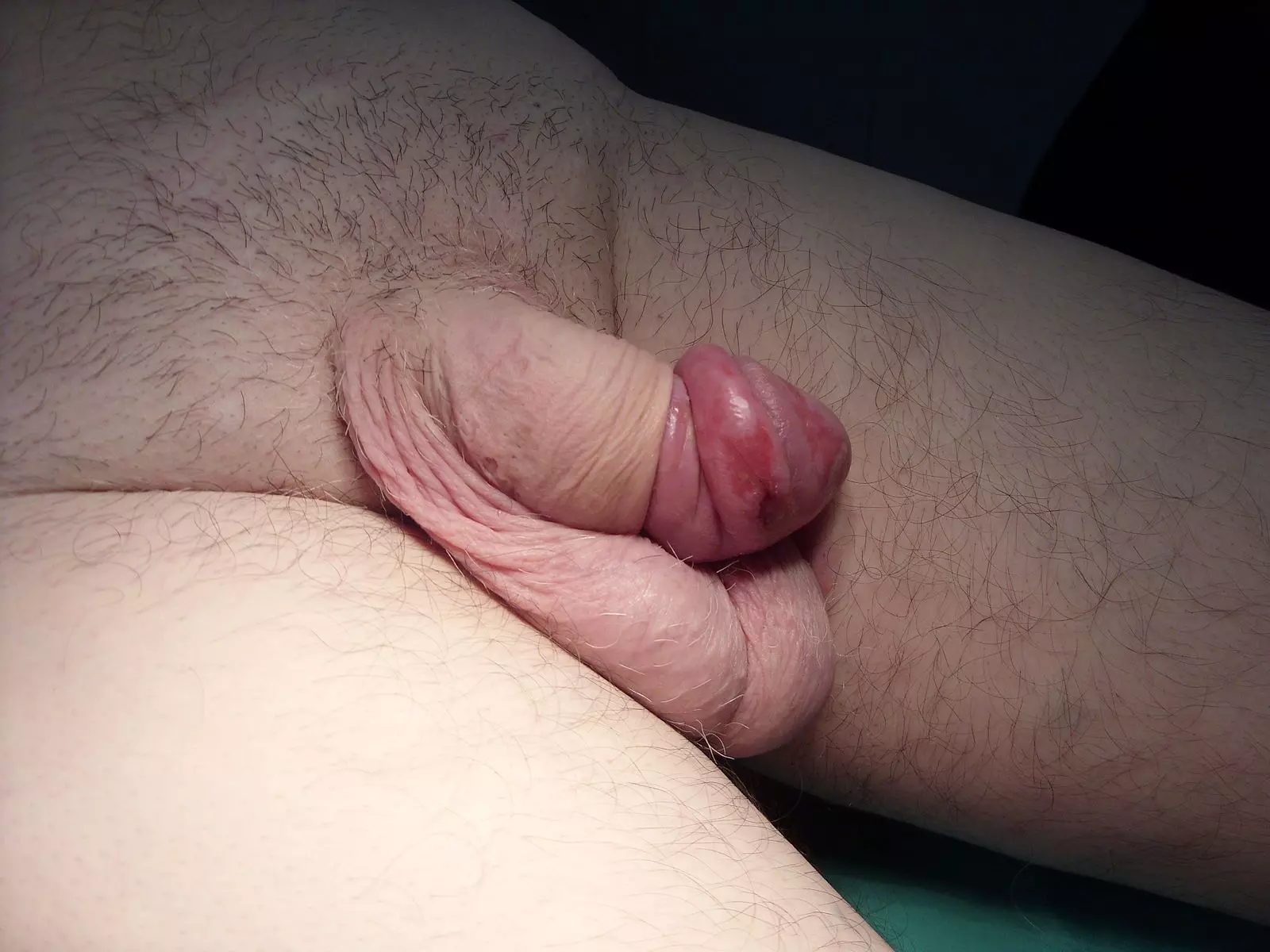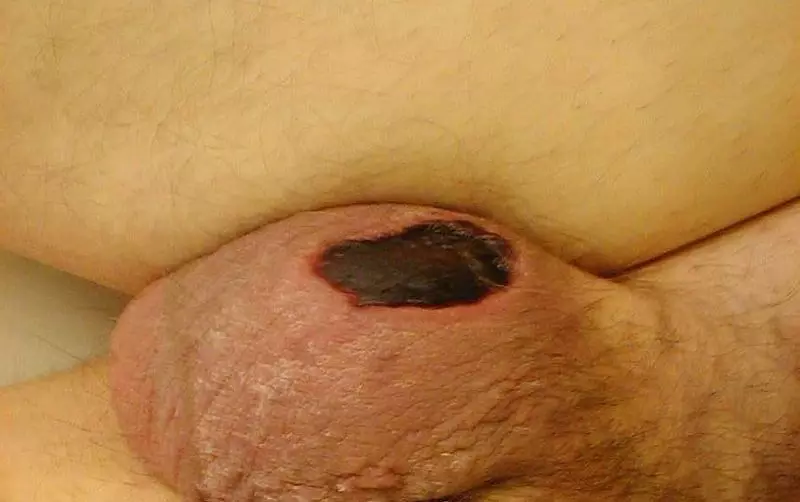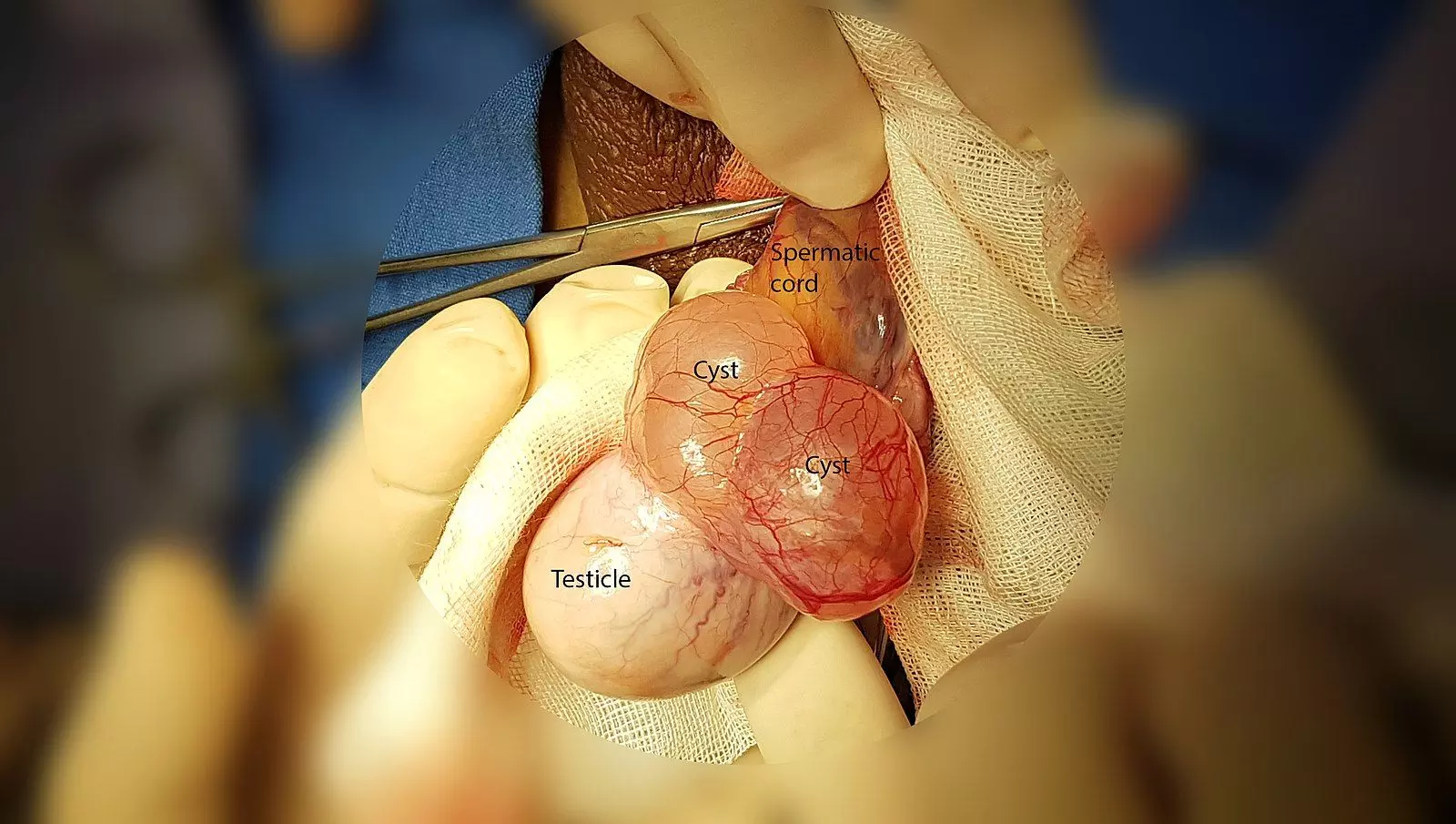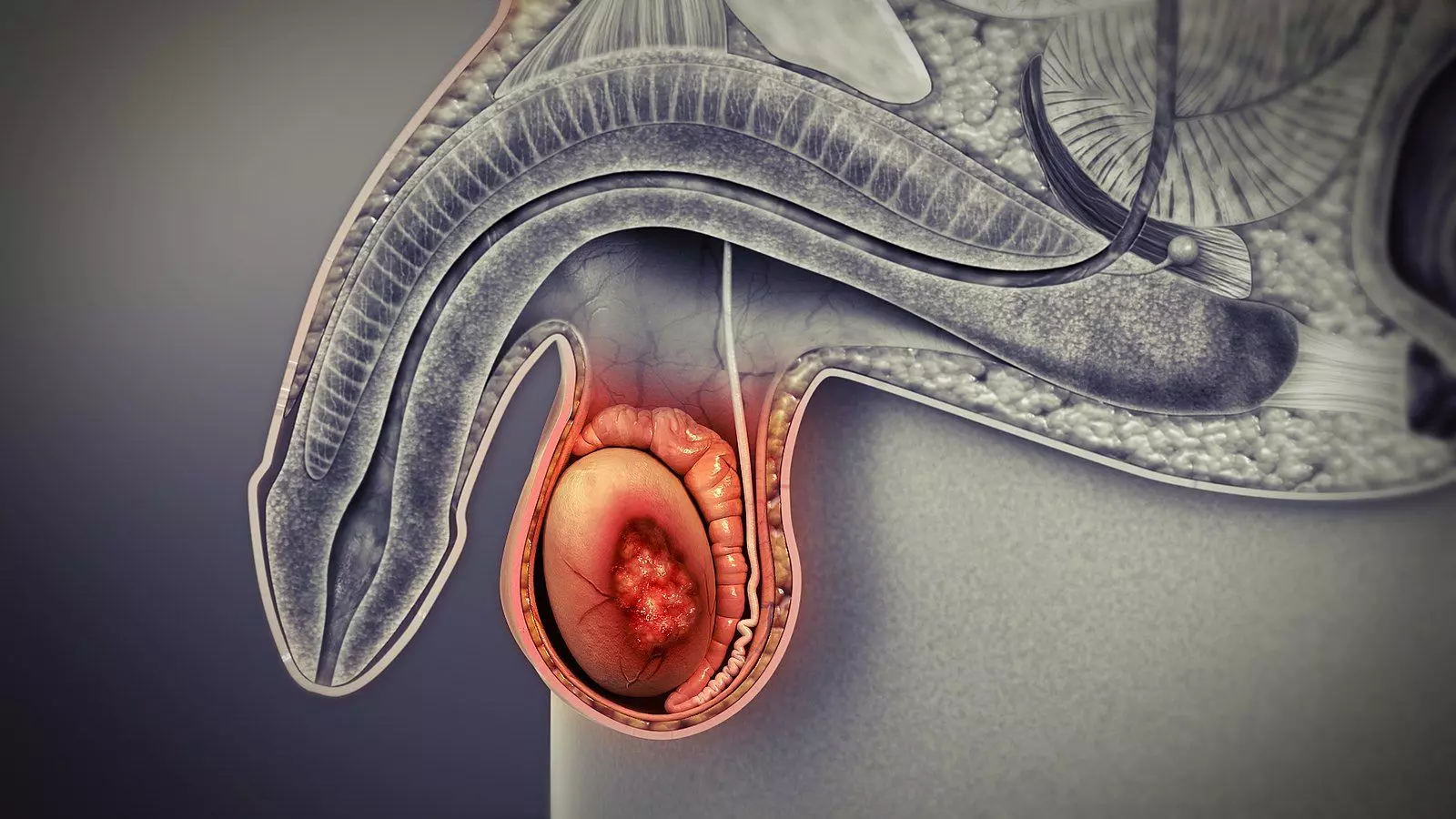Next Lesson - Urological Malignancy
Abstract
- Urological conditions can affect men from all walks of life and are often a source of embarrassment to many. They present in a wide variety of ways with some chronic conditions and some acute surgical emergencies and can be related to the penis itself, the contents of the scrotum or the bladder.
- Urinary retention is common in older men and can be a source of extreme discomfort, so it is important to recognise and treat quickly and appropriately.
- Lower urinary tract symptoms can lead to poor quality of life for the older man, and whilst they are often due to an enlarged prostate, other differentials need to be investigated thoroughly to avoid putting these men through unnecessary anxiety or ineffective treatment plans.
Core
This article provides a summary of common male urological complaints. It focuses on conditions of the penis and scrotum, as conditions of the prostate and the urinary tract are covered in other articles in this series.
Phimosis is a condition that occurs when the prepuce (foreskin) cannot be fully retracted in an adult. It is the result of a narrowing or tightness of the preputial opening in the foreskin that prevents retraction and the glans from being exposed. It is often physiological in younger children and self resolves, but if it lasts into late teenage and adult years then it often becomes pathological. There is approximately an incidence rate of 1% of physiological phimosis in the non-circumcised adult population, but can also be associated with penile cancer, especially if the area hidden by the phimosis.
There are many contributing factors to the development of phimosis, such as balanitis xerotica obliterans (BXO), a condition that causes scarring of the foreskin. It often results in narrowing associated with a whitening of the glans (scar tissue), urethral strictures, and narrowing of the urethral meatus.
Complications of phimosis include poor penile hygiene and increased rates of sexually transmitted infections as it is more difficult to clean under the foreskin. Pain on intercourse due to splitting of the foreskin is also common in younger men, and urinary retention is more common in older men.
Management is usually topical steroid creams initially, with circumcision as a more definitive management.

Image - Phimotic penis
Public Domain Source by Just somedude123 [Public domain]
Paraphimosis is a condition that occurs when the retracted foreskin becomes stuck and starts to constrict the glans of the penis, reducing any lymphatic or venous drainage from the tissues. It results in a painful, swollen, and oedematous glans that will worsen over time until the tissue becomes infected, ulcerated, and even necrotic.
It can occur after intercourse, post-catheterisation if the foreskin is not replaced or if a penile cancer mass is obstructing the reduction.
Paraphimosis is managed initially through a manual reduction by applying counter pressure between the thumbs and fingers following compression of the oedematous gland with a saline soaked swab. More established cases may require anaesthesia in the form of a penile block and drainage to reduce the swelling. Very neglected cases could require a dorsal incision for relief and circumcision for prevention of any recurrence.

Diagram - A swollen glans due to paraphimosis
Creative commons source by Drvgaikwad [CC BY-SA 4.0 (https://creativecommons.org/licenses/by-sa/4.0)]
Penile cancer is a relatively rare cancer with only 670 cases a year in the UK (source). Even though it is rare, it is important to recognise red flag signs of penile cancer. These include a growth or sore present on the penis for more than 4 weeks, bleeding, phimosis or other changes in appearance.
Factors that increase the risk of penile cancer are phimosis and Human Papilloma Virus (HPV) strains 16 & 18.
95% of penile cancers are squamous cell carcinomas that primarily affect the glans (source).
These cancers are investigated using a biopsy and an abdominal-pelvis CT scan to look for any metastasis to lymph nodes or other organs. Treatment of penile cancer involves either partial or full amputation or radiotherapy, more superficial lesions can be excised with reconstruction afterwards.
Circumcision is a surgical procedure involving the removal of the foreskin. It has been and still is common practice in many religions such as Islam and Judaism to circumcise the infant as it is seen as being cleaner or part of the inclusion to that faith (source).
Medical indications for circumcision in children include recurrent balanitis (resulting from infections of the foreskin) or persistent urinary tract infections. In adults, recurrent balanitis, phimosis, severe or recurrent paraphimosis, BXO, or penile cancer can all require circumcision as part of treatment.
Acute scrotal pain is only caused by few conditions aside from direct trauma. This is an emergency presentation, with the most serious cause being testicular torsion.
The testicle rotates on its cord and so cuts off the blood supply, initially causing venous obstruction which results in swelling progressing to arterial compression. The presentation occurs usually in young males as a sudden onset of severe, constant unilateral scrotal pain with associated nausea and abdominal pain. If not treated quickly enough, irreversible ischaemia and necrosis of the testicle can occur after a time period of only 6 hours.
Treatment is immediate surgical intervention to untwist the cord and fix the testicles in place to prevent any further rotation. Testicular torsion is a diagnosis that is made purely based on clinical judgement and done without waiting for imaging, as very quick action is needed to save the function of the testicle.
If the testicle is already necrotic upon exploration, then it will need removal and prosthetics can be used in reconstruction to give a more natural feel. Anatomical variants such as the “bell clapper” deformity (when the testicle naturally lies horizontally) can increase the likelihood of torsion occurring.
Inflammation of the testicle and the adjacent epididymis, known as epididymo-orchitis, can also be a cause of acute scrotal pain. The inflammation is usually a result of an infection, be it urinary tract or sexually transmitted in origin. Chlamydia trachomatis or Neisseria gonorrhoea are common causative organisms in younger men, with Escherichia coli in older. Sometimes there will be a recent history of either catheterisation or urethral instrumentation, acting as a source of the urinary tract infection. Mumps is also a recognised cause of this type of inflammation and will also present with inflammation of the parotid gland and pancreatitis.
On examination the scrotum will be swollen and erythematous, with the affected testis and epididymis being enlarged and tender on palpation. Any fluctuant areas could represent an abscess and the scrotum should be investigated using ultrasound. Blood tests such as full blood count, urea and electrolytes, and cultures should be taken if the patient is thought to be septic. A mid-stream urine sample should also be sent for microscopy, culture and sensitivities. Treatment involves antibiotics and surgical drainage of any abscesses that have formed. In very severe circumstances the testicle may need to be removed.
Torsion of the Hydatid of Morgagni
In young children, an embryological remnant known as the hydatid of Morgagni can rotate and cut off its own blood supply. This can be identified clinically as it is only the top of the testicle that is tender and a blue spot in the same location can be seen upon illumination. This can be managed conservatively, or it can be surgically removed depending on the severity of the symptoms.
Fournier’s gangrene is a very severe and rapidly progressing infection of the scrotal skin by anaerobic organisms. It is a type of necrotising fasciitis that commonly occurs in diabetic patients. This infection has an incredibly high mortality rate of 50% and requires immediate emergency surgical debridement and broad-spectrum antibiotics to be given.

Image - Necrosis of the scrotal skin from Fournier’s gangrene
Public Domain Source by Intermedichbo [Public domain]
Other Causes of Acute Scrotal Pain
A strangulated inguinal hernia can present with acute pain in the scrotum. The examiner would not be able to get above the mass on examination. This is an emergency and requires urgent surgical correction by the general surgeons.
Very rarely there can be referred pain to the testicles when a ureteric stone obstructs the outlet of the bladder. There will be no tenderness in this testicle upon examination and raised blood markings on a urine dipstick.
When assessing a scrotal lump there are a few key questions that need asking.
- Is the lump painful?
- How quickly has it appeared?
- It is possible to palpate above the lump in the scrotum? Any mass that cannot be ‘gotten above’ is presumed to be a descended inguinal hernia and should be referred to general surgeons.
- Is the lump found in the body of the testicle or separate to it?
- Does the lump fluctuate?
- Does the lump transilluminate?
A hydrocele occurs when there is an imbalance of fluid reabsorption and production in the tunica vaginalis and the tunica albuginea, resulting in a collection of fluid in the tunica vaginalis. Hydroceles can have a slow or sudden onset.
On examination there is unilateral swelling in the scrotum and the testis cannot be palpated separately. The mass fluctuates and trans-illuminates, and the examiner is able to get above the testicle. It is generally not painful, and usually only operated on when symptomatic or for cosmetic purposes.

Image - A unilateral scrotal swelling caused by a hydrocele
Creative commons source by EvguenieSokolov [CC BY-SA 4.0 (https://creativecommons.org/licenses/by-sa/4.0)]
A varicocele is formed when there are varicosities in the pampiniform plexus, a network of veins that drain blood away from the testicle. They are described as feeling like a 'bag of worms' that aches at the end of the day and is worse on standing. On examination, they are felt separate to the testis and are non-tender to touch.
Varicoceles commonly occur on the left as the left gonadal vein drains to the left renal vein, there is a more acute angle so blood has to work harder to return to the renal vein causing the varicosities. It is important to note that this can often be the first sign of an associated renal tumour so a kidney ultrasound should be arranged too. Varicoceles are often associated with sub-fertility due to the increased temperature of the testicle. The management of a varicocele is initially reassurance, but if required the vessels can be radiologically embolised.
An epididymal cyst is a cyst that forms in the epididymis. It is a painless lump that transilluminates, but is felt separate to the testis. These can be surgically removed if required.

Image - Epididymal cysts that are separate to the testicle
Creative commons source by E.dronism [CC BY-SA 4.0 (https://creativecommons.org/licenses/by-sa/4.0)]
Testicular cancer makes up around 1% of cancers diagnosed in men in the UK every year (source). The usual initial presentation of a testicular tumour is that of a painless lump on the testicle of a young man. On examination the mass will have an irregular border, be firm and fixed in place on the testicle and will not transilluminate. The abdomen should be examined looking for any hepatomegaly or para-aortic node masses. Any suspicion of a lump in the testicle should be referred via the two-week wait pathway for assessment.

Image - A tumour originating in the body of the testicle
Creative commons source by Scientific Animations [CC BY-SA 4.0 (https://creativecommons.org/licenses/by-sa/4.0)]
Testicular cancer is the most common malignancy in younger men aged 18-40, yet a GP will only see a handful in their lifetime. There is a high association between undescended testicles and testicular cancer as well as high exposure with exogenous oestrogens either prenatally or in childhood. There is a remarkably good 5-year and 10-year survival rate with testicular cancer even with metastasis as it is often caught early in younger and fitter people, and is therefore considered to be a curable cancer (source).
There are two classifications of testicular tumours: seminomas or non-seminomatous germ cell tumours (including the subdivisions of teratoma, choriocarcinoma and yolk sac tumours).
Urology will perform an urgent ultrasound of the scrotum to confirm the diagnosis and check the bloods for the presence of testicular tumour markers such as alpha-fetoprotein, beta-human chorionic gonadotropin and lactate dehydrogenase (AFP, β-hCG and LDH). When these markers are up, there is a high likelihood of testicular cancer, but a normal tumour marker does not exclude testicular cancer.
Testicular tumours are surgically removed through the groin by pulling the spermatic cord up through the inguinal canal rather than through the scrotum. This is done to avoid any seeding of the scrotum, which drains to a separate set of lymph nodes, so that any further lymphatic spread is confined to the para-aortic lymph nodes. Other treatment options can also include radiotherapy and chemotherapy.
Lower Urinary Tract Symptoms (LUTS)
LUTS are a collection of symptoms that are related to either the voiding (emptying the bladder) or storage of urine.
Hesitancy – the man will find it takes a while to get going when voiding
Poor Flow – the weak detrusor muscle in the bladder cannot contract forcefully enough to produce a sustained stream, or to overcome a barrier to this stream.
Post-Micturition Dribbling – often after the man has finished voiding he will notice a small volume left a little while later. Men often complain about this ruining their underwear.
Frequency – men will find that they need to go more often than they used to but only void small amounts.
Urgency – when the man feels the need to urinate then he will be unable to hold it in for long.
Nocturia – when the man gets up multiple times during the night to void.
These symptoms were previously believed to only relate to prostatic enlargement, but we know now that there are many different causes for both voiding and storage-related symptoms.
Physical causes can result from urethral pathology (such as extreme phimosis, urethral strictures [characterised by spraying of urine] or stenosis of the urethral meatus) or prostatic causes (prostate cancer or benign prostatic hyperplasia).
Upper motor neurone disorders can lead to a lack of coordination between the bladder and the urinary sphincter, so that the sphincter does not relax when the bladder is contracting.
The bladder can have reduced contractility due to physical causes such as scarring or tumours.
Anything that irritates the bladder wall. This could be due to an infection, a bladder stone or even bladder cancer.
An overactive bladder is a common reason for the storage symptoms. This can be idiopathic, but can have neuropathic causes relating to conditions such as Parkinson’s, multiple sclerosis or even post-stroke.
The bladder can lose compliance (cannot stretch as much) if it is scarred and so can only hold 200 ml before needing to empty again. Causes of this can include pelvic radiotherapy or schistosomiasis infections.
The kidneys could also be polyuric, i.e. producing too much urine so the bladder fills up more quickly. This could be due to diabetes or the patient could simply just drink too much water.
The severity of male lower urinary tract symptoms is assessed using the International Prostate Symptom Score (IPSS). This score is based upon how often the various voiding and storage symptoms occur and also the quality of life that the patient has with these symptoms. If the patient tolerates the symptoms well, they will require less management. Please see our prostate pathology article for full details about the assessment and investigation of the enlarged prostate.
Edited by: Dr. Maddie Swannack
Reviewed by: Dr. Thomas Burnell
- 2896

